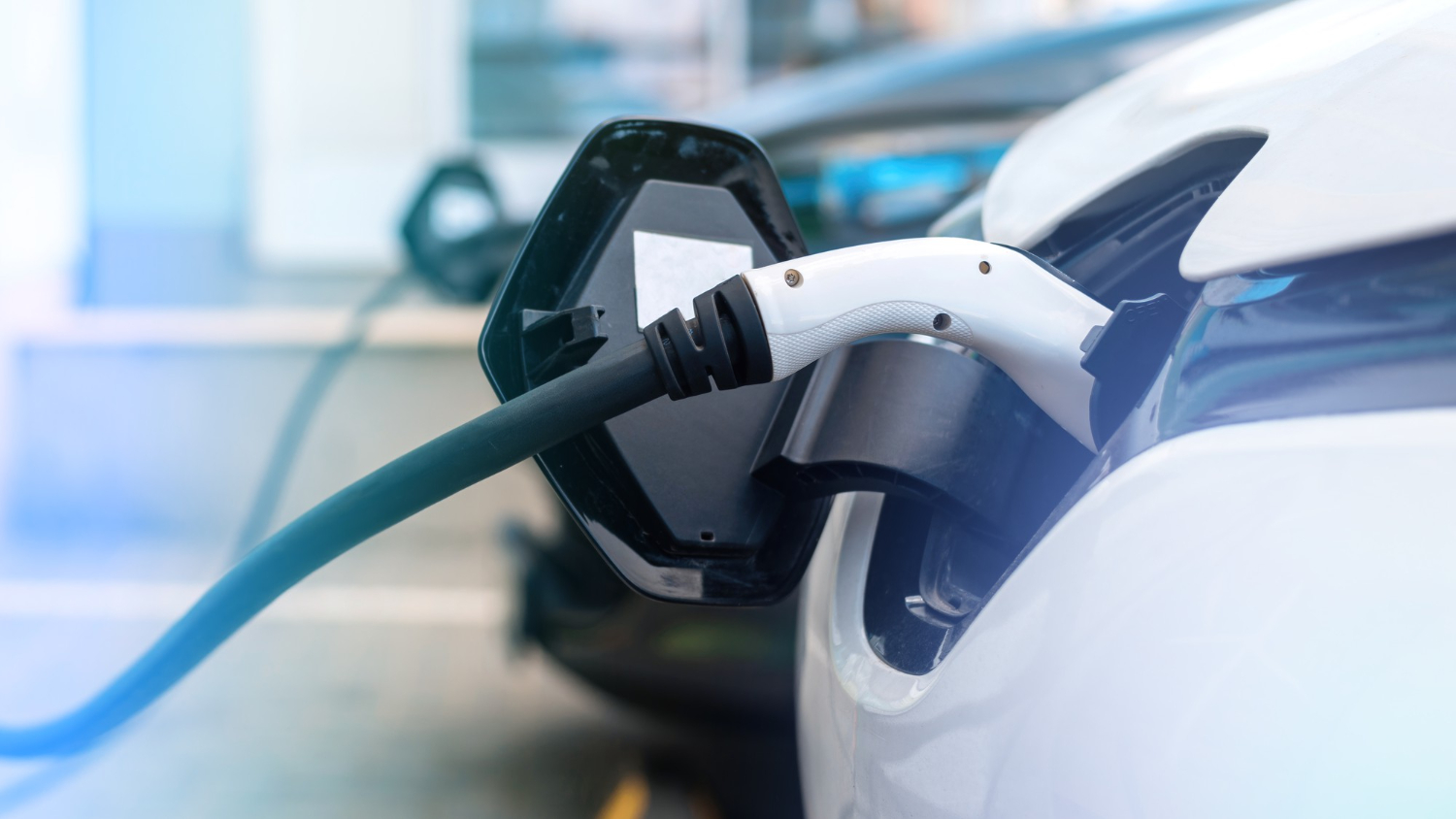Have you ever wondered why don’t electric cars have alternators like traditional internal combustion engine vehicles? It’s a question that has sparked curiosity among many automobile enthusiasts.
In a nutshell, electric cars don’t have alternators because they don’t need them! One of the primary reasons why electric cars lack alternators is their lack of engines. In gasoline-powered cars, alternators are driven by mechanical energy from the engine’s crankshaft.
However, electric cars utilize electric motors, not combustion engines, which means there is no mechanical energy to power an alternator. In this article, we’ll dive deep into the world of electric cars and shed light on the absence of alternators in these cutting-edge machines.
Role of Alternators in Conventional Cars
In traditional internal combustion engine vehicles, alternators play a pivotal role. They generate electrical power by harnessing mechanical energy from the engine’s crankshaft. This electricity is then used to charge the car’s battery and power various electrical systems while the engine is running.
The Shift to Electric Vehicles (EVs)
Electric vehicles operate on a completely different principle. Unlike conventional cars, they do not have engines. Instead, electric cars are equipped with electric motors powered by rechargeable batteries, defining a fundamental shift in the power generation and distribution system.
Electric cars rely on a combination of a DC-DC converter and regenerative braking to power themselves and their electrical components. This sophisticated power management system ensures efficient energy distribution and utilization, further enhancing the appeal and performance of electric vehicles.
Interested in learning more about electric cars? Discover fascinating insights by delving into ’30 Interesting facts about electric cars!
How Electric Vehicles Generate Electricity
Electric vehicles (EVs) do not generate electricity on their own; they need to be charged using an external power source. Once the EV’s batteries are charged, the stored electricity is used to power the electric motor, which then converts the electrical energy into mechanical energy to turn the wheels of the vehicle.
There are three main ways to charge an EV:
- Level 1 charging: This is the slowest method and uses a standard 120-volt household outlet to deliver a charging rate of about 2-5 miles of range per hour which takes up to 20 hours for a full charge.
- Level 2 charging: This method is faster and requires a dedicated charging station. It uses a 240-volt outlet that can deliver about 10-20 miles of range per hour of charging and takes up 4 to 8 hours for a full charge.
- DC fast charging: This is the fastest method and can deliver approximately 80 miles of range in just 15 minutes of charging.
Additionally, EVs can utilize regenerative braking, where the electric motor acts as a generator during braking. It converts the kinetic energy of the vehicle into electricity, which is then stored in the battery pack and can be used to power the car later on.
Advantages of Not Having Alternators in EVs
Increased Efficiency
Electric vehicles skip the energy conversion step required in alternators, resulting in improved overall efficiency. This efficiency gain contributes to longer driving ranges and reduced energy consumption, making EVs a more sustainable transportation option.
Reduced Maintenance
Alternators in conventional cars can be prone to wear and tear, leading to additional maintenance costs. By eliminating alternators, electric vehicles experience reduced mechanical complexity, translating to fewer maintenance requirements and cost savings for owners. Find out how much it cost to replace an alternator.
Extended Battery Life
Since electric vehicles don’t rely on alternators to charge the battery, they experience less strain on the battery pack. This can extend the battery’s lifespan, reducing the frequency of replacements and increasing the vehicle’s overall longevity.
Weight Reduction
Removing the alternator and associated components from an electric vehicle contributes to weight reduction. Lighter vehicles generally require less energy to operate, further enhancing the car’s efficiency and performance.
Addressing the Challenges
While the absence of alternators brings numerous benefits, it also presents some challenges that require innovative solutions for electric vehicles to reach their full potential.
Want to learn more? Dive into the pros and cons of electric cars to make a wise decision!
FAQs
1: Are alternators completely obsolete in electric vehicles?
Yes, electric vehicles do not have alternators as they generate electricity directly from the vehicle’s battery pack.
2: Can electric cars charge their batteries while driving?
Electric vehicles charge their batteries through external charging stations or regenerative braking, which recaptures energy during deceleration.
3: Do electric cars have better acceleration than conventional cars?
Yes, electric vehicles offer instant torque, providing rapid acceleration compared to many traditional gasoline-powered cars.
4: How often do electric car batteries need replacement?
According to EVBOX, With proper care, an electric car battery can last between 15 to 20 years or can last between 100,000 to 200,000 miles before needing a replacement.
5: Are electric vehicles cost-effective in the long run?
Yes, electric vehicles are cost-effective in the long run. While the initial purchase price of an electric car may be higher than a traditional gasoline-powered car, the lower operating and maintenance costs make up for it over time.
Electric vehicles have fewer moving parts and require less maintenance, which translates to lower maintenance expenses. Additionally, the cost of electricity for charging an electric car is generally lower than the cost of gasoline for a conventional car, resulting in significant savings on fuel expenses.
6: Can electric cars lose charge when they are parked?
Electric cars may experience some battery drain while parked, similar to other electronic devices. However, the drain is typically minimal, and modern electric cars are designed with energy-saving features to prevent significant power loss during extended periods of inactivity.
While parked, electric cars may experience minimal battery drain, thanks to energy-efficient designs and handy features like ‘sleep mode.
Considering an electric vehicle for your journeys? Our top recommendation is the Tesla Model Y – a night’s stay consumed just 31 km charge. Check out our curated list of the ‘best cars to sleep in for the ultimate travel experience.
Conclusion
Electric cars do not have alternators due to their unique design and power generation systems. Instead of relying on alternators powered by engine crankshafts, electric vehicles utilize electric motors and regenerative braking to generate and recover electricity.




